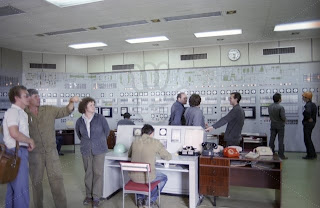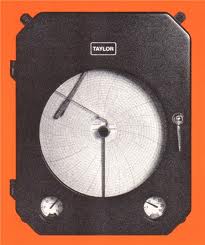I often think that today we are complicating things too much in process safety, in an already complicated World! This generation of plant operators have been inundated with technology. While some of the technology is excellent, not all of them really help the plant operator. Information overload is the bane of today's PSM programs. When I was a shift in charge at an ammonia plant, we had pneumatic control system (no DCS), but it was so user friendly. I would sit in the center of the control room and at a glance I got to know the plant status. The control room had three operators - one for the front end of the plant, one for the back end and one senior guy looking after both. During emergencies, the senior guy would coordinate the actions very swiftly as he could see the complete plant status just at a glance. The whole ammonia plant had only about 200 alarms that were located on the panel. The critical ones were painted red. By experience we would know which alarm meant what! We never had a serious process safety incident!!I managed to get some pictures to illustrate what I am talking about.
Our control room looked similar to the one at the left. The table at the center was a flat table. The shift engineer used to sit at this table.The control panel is just below the clock.The flowsheet of the entire plant (called a mimic) was depicted at the panel top
This was a field controller. See how simple it is! The red arrow is the setpoint.
This temperature recorder was similar to the one we used to record secondary reformer top temperature and methanator temperature.
The message I am trying to convey is try to keep it as simple as possible. Buy only what you want and not what you get! (This is especially true for DCS and electronic instrumentation)
Our control room looked similar to the one at the left. The table at the center was a flat table. The shift engineer used to sit at this table.The control panel is just below the clock.The flowsheet of the entire plant (called a mimic) was depicted at the panel top
This temperature recorder was similar to the one we used to record secondary reformer top temperature and methanator temperature.
The message I am trying to convey is try to keep it as simple as possible. Buy only what you want and not what you get! (This is especially true for DCS and electronic instrumentation)


